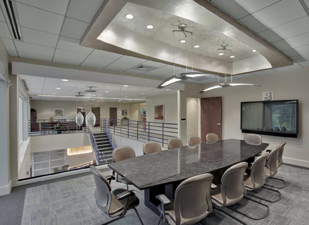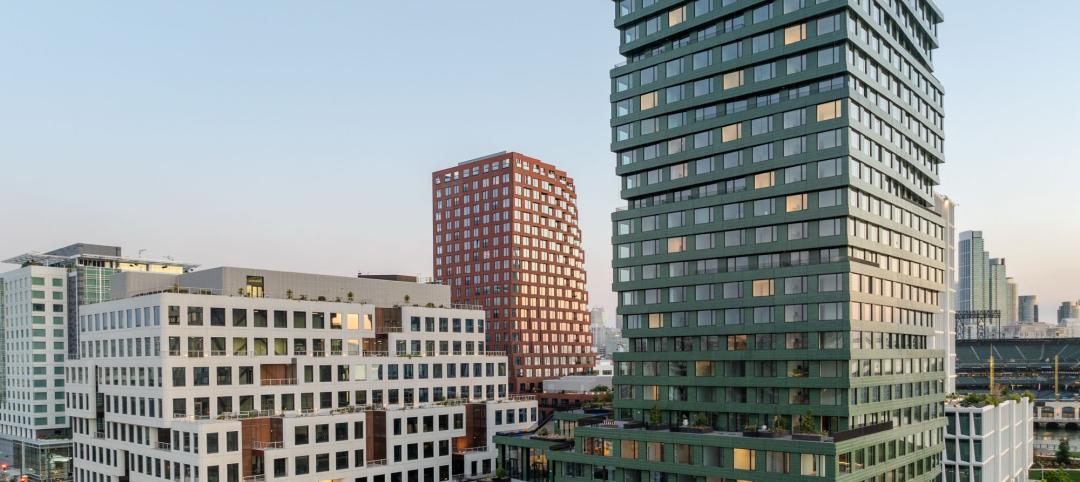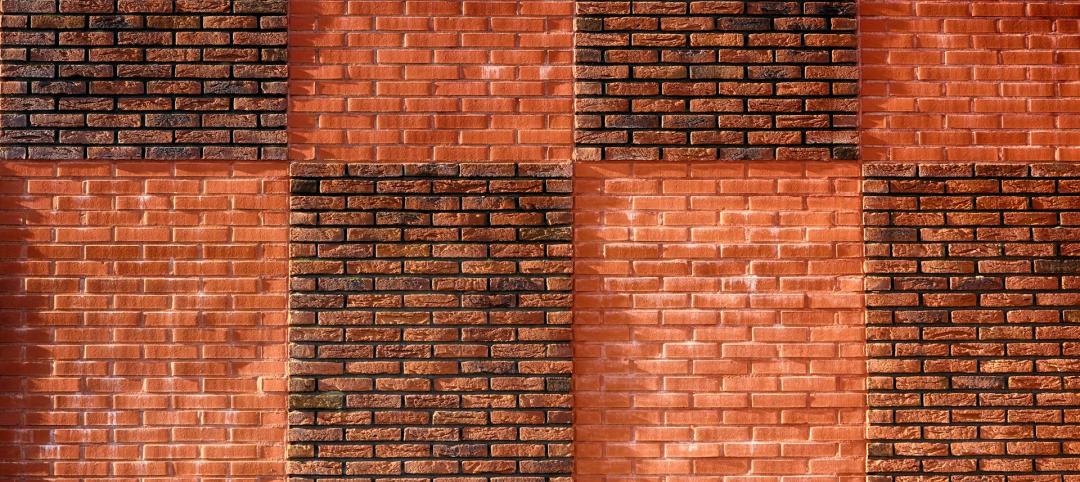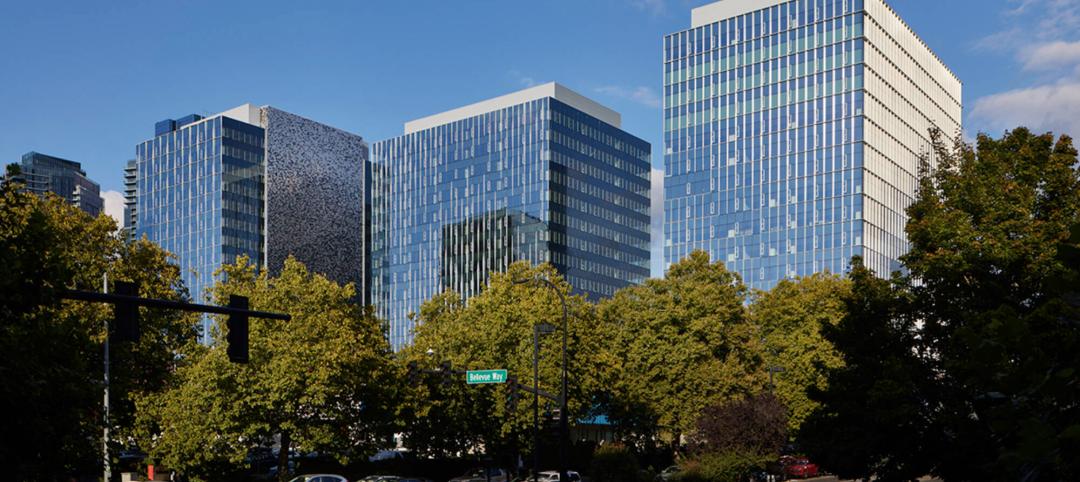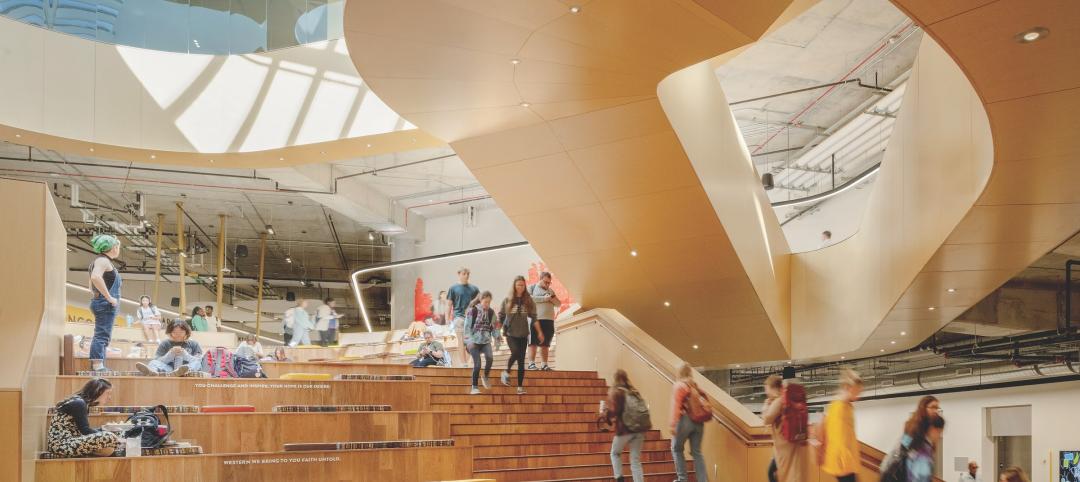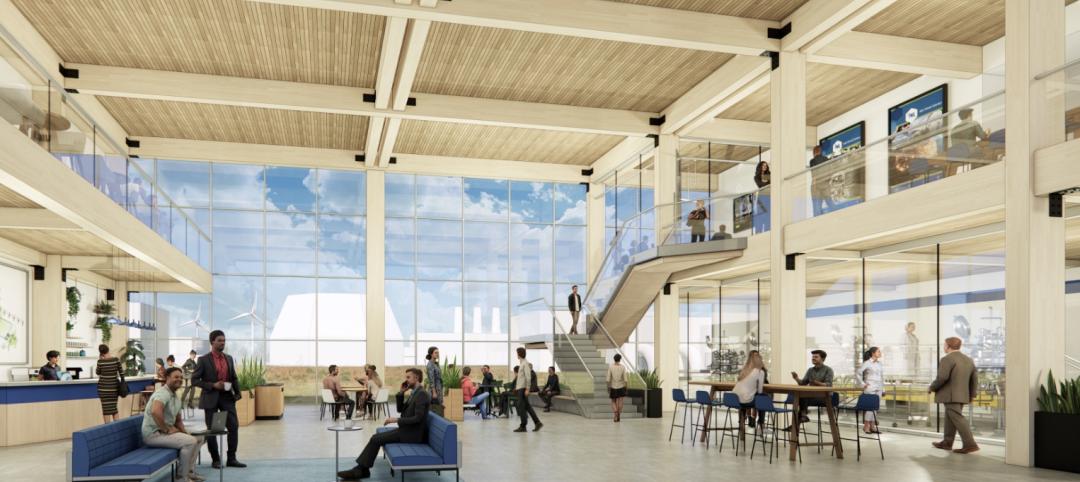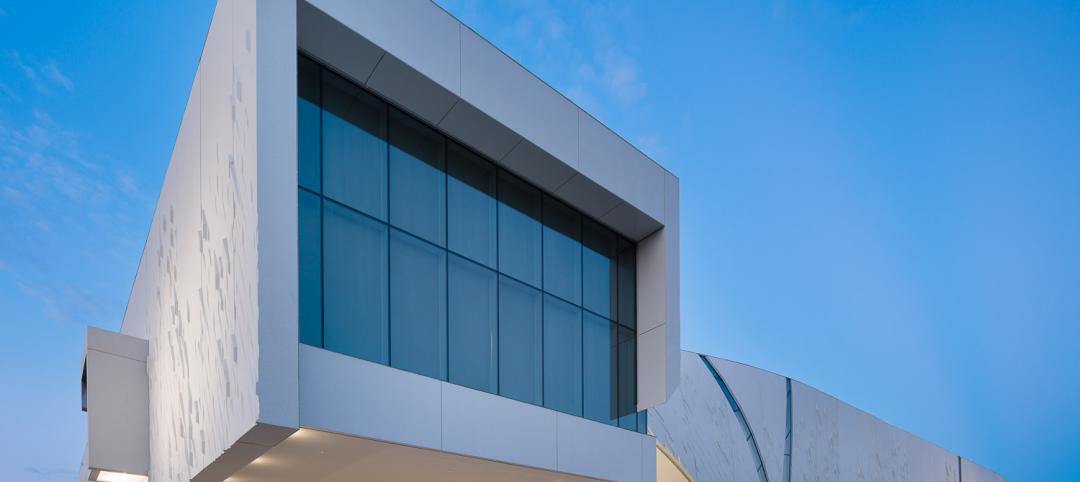The LED industry is in the midst of a rapid development cycle. In an effort to lengthen bulb lifetime, intensify colors, and create higher energy efficiencies, manufacturers are developing LEDs at an intense rate.
To help Building Team members sort through the new technological dimensions of LEDs, we asked two top-rated LED experts—John W. Curran, PhD, president of LED Transformations LLC, an LED industry consulting firm based in Stanton, N.J., and Glenn Heinmiller, principal of LAM Partners Inc., an architectural design firm based in Cambridge, Mass.—for their advice.
1. Pencil out the economics of LEDs. Building Teams should evaluate the economics of deploying LED luminaires. Cost savings come from two factors: energy efficiency and long life. The higher the electric utility rate for the application, the faster the payback. A long lifespan provides reduced maintenance costs resulting in additional savings. “The LED fixtures must last as long as assumed in the ROI calculations,” says Curran. “This is often where the economics for LED fixtures falls apart.” According to Curran, Building Teams must also be careful not to assume a lifetime that the fixtures do not deliver due to bad information from the fixture manufacturer or misapplication by the specifier or contractor.
2. Determine if LEDs are the right application for your building. “The answer depends on the specific lighting application, local electricity rates, operating hours, maintenance costs, and availability of utility incentives,” says Heinmiller. Building Teams should help owners explore the length of the payback period versus best energy performance regardless of upfront cost.
3. Consider the physical environment immediately surrounding the LEDs. Very high-temperature environments can present problems for LED technology. For example, installing highbays in an uncooled warehouse in Arizona may result in greatly reduced lifetimes for the LEDs. Those same highbays in a cold storage facility will perform much better.
4. Be aware that dimming is still a major problem with LEDs. Not all LED products can be dimmed, and those that can may not dim smoothly or to a low level. This is due to the widespread use of phase-cut dimmers in concert with conventional incandescent lighting and the drivers—the electronics—that power the LEDs. “It’s not easy to predict how a particular driver will perform against a wide range of dimmers already installed,” says Curran. Currently, there are no standards for LED dimming control, so only certain types of dimmers or dimming protocols will work with a particular LED fixture. “Dimming problems will probably improve some with technology development, but there are no signs the industry is standardizing on a dimming protocol,” says Heinmiller.
5. Test the LED color rendition. “The color rendering performance of white LED sources is generally quite good,” says Heinmiller. “Testing is important, especially for applications where color rendition is crucial, in order to make sure you are satisfied with the results.” Eventually, there will be an improved color metric that will predict quality more accurately from the specifications. Until then, Building Teams should advise clients to test color-critical applications.
6. Check out the fixtures with the manufacturer. Ask the LED manufacturer about their quality control and the type of testing done on their drivers. Deal only with reputable suppliers and manufacturers: What good is a 10-year warranty when the supplier goes out of business in a few years? Ask the supplier how they plan to provide replacement fixtures in 3 to 5 years.
7. Look for the Lighting Facts label. Go to www.lightingfacts.com to learn about a U.S. Department of Energy program that showcases LED products for general illumination from manufacturers who commit to testing products and reporting results according to industry standards. The LED Lighting Facts label can provide Building Teams with essential information for evaluating products and identifying the best options.
8. Go with a pro. For complex projects, engaging the services of a qualified professional architectural lighting designer could save your client—and you—a lot of money and grief. “It is a complex problem to determine the correct light source for the application in order to achieve the best energy efficiency and high lighting quality,” says Heinmiller. If you focus only on lower energy efficiency, you could end up with a lower electric bill but poor lighting in your building—or worse, no savings and poor lighting. For projects such as relamping existing track lighting in a retail store, working with a respected manufacturer’s representative who supports mockups and stands behind the supplier’s LED products is probably sufficient.
What are OLEDs?
Organic light-emitting diodes (OLED) are a separate branch of solid-state lighting that are beginning to have an impact on the architectural lighting industry. “The major performance difference between LEDs and OLEDs is that LEDs are point light sources while OLEDs are area sources,” says Curran, president of LED Transformations. LEDs are much further ahead in regard to cost, higher efficiencies, and longer lifetimes. Currently, OLEDs are used in cell phone displays and a small but growing number of high-end designer lighting fixtures.
Learn more about LED standards
• ANSI C78-377-2008 Specifications for Chromaticity of Solid-State Lighting Products for Electric Lamps. ANSI C78-377-2008 provides a standard for qualifying the range of colors that can be classified a particular color temperatures.
• LM 79-08 Approved Method: Electrical and Photometric Measurements of Solid-State Lighting Products. LM 79-08 gives the proper test procedure to evaluate light distribution and power consumption for an LED fixture. LED fixtures require special testing (using absolute photometry) because LED light sources, unlike traditional sources, cannot be tested independent of the fixture due to thermal effects on performance.
• LM 80-08 Approved Method for Measuring Lumen Depreciation of LED Light Sources; and TM-21-11 Projecting Long-Term Lumen Maintenance of LED Sources. LM-80-08 and TM-21-11 provide guidance on measuring and predicting the lumen depreciation of LED devices, which yields an estimate of useful lifetime.
Related Stories
AEC Tech Innovation | Oct 8, 2024
New ABC technology report examines how AI can enhance efficiency, innovation
The latest annual technology report from Associated Builders and Contractors delves into how artificial intelligence can enhance efficiency and innovation in the construction sector. The report includes a resource guide, a case study, insight papers, and an essay concerning applied uses for AI planning, development, and execution.
Healthcare Facilities | Oct 8, 2024
Herzog & de Meuron completes Switzerland’s largest children’s hospital
The new University Children’s Hospital Zurich features 114 rooftop patient rooms designed like wooden cottages with their own roofs. The project also includes a research and teaching facility.
Mixed-Use | Oct 7, 2024
New mixed-use tower by Studio Gang completes first phase of San Francisco waterfront redevelopment
Construction was recently completed on Verde, a new mixed-use tower along the San Francisco waterfront, marking the end of the first phase of the Mission Rock development. Verde is the fourth and final building of phase one of the 28-acre project that will be constructed in several phases guided by design principles developed by a design cohort led by Studio Gang.
Brick and Masonry | Oct 7, 2024
A journey through masonry reclad litigation
This blog post by Walter P Moore's Mallory Buckley, RRO, PE, BECxP + CxA+BE, and Bob Hancock, MBA, JD, of Munsch Hardt Kopf & Harr PC, explains the importance of documentation, correspondence between parties, and supporting the claims for a Plaintiff-party, while facilitating continuous use of the facility, on construction litigation projects.
Glass and Glazing | Oct 7, 2024
Pattern language: An exploration of digital printing on architectural glazing
Architectural Glazing has long been an important expressive tool which, when selected and detailed thoughtfully, can contribute to the successful transformation of architectural concepts to reality.
University Buildings | Oct 4, 2024
Renovations are raising higher education campuses to modern standards
AEC higher ed Giants report working on a variety of building types, from performing arts centers and libraries to business schools. Hybrid learning is seemingly here to stay. And where possible, these projects address wellness and mental health concerns.
AEC Tech | Oct 3, 2024
4 ways AI impacts building design beyond dramatic imagery
Kristen Forward, Design Technology Futures Leader, NBBJ, shows four ways the firm is using AI to generate value for its clients.
Laboratories | Oct 2, 2024
Trends in scientific research environments: Q&A with Flad's Matt McCord
As part of an ongoing series, Matt McCord, AIA, NCARB, LEED AP BD+C, Associate Principal with Flad Architects, discusses the future of the scientific workplace.
Museums | Oct 1, 2024
UT Dallas opens Morphosis-designed Crow Museum of Asian Art
In Richardson, Tex., the University of Texas at Dallas has opened a second location for the Crow Museum of Asian Art—the first of multiple buildings that will be part of a 12-acre cultural district. When completed, the arts and performance complex, called the Edith and Peter O’Donnell Jr. Athenaeum, will include two museums, a performance hall and music building, a grand plaza, and a dedicated parking structure on the Richardson campus.
Data Centers | Oct 1, 2024
10 biggest impacts to the data center market in 2024–2025
While AI sends the data center market into the stratosphere, the sector’s accelerated growth remains impacted by speed-to-market demands, supply chain issues, and design innovation necessities.


